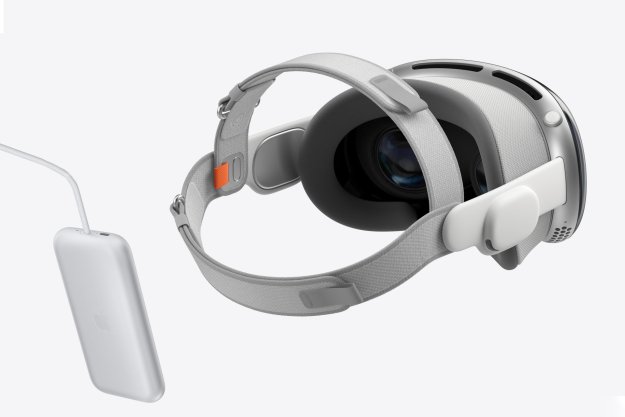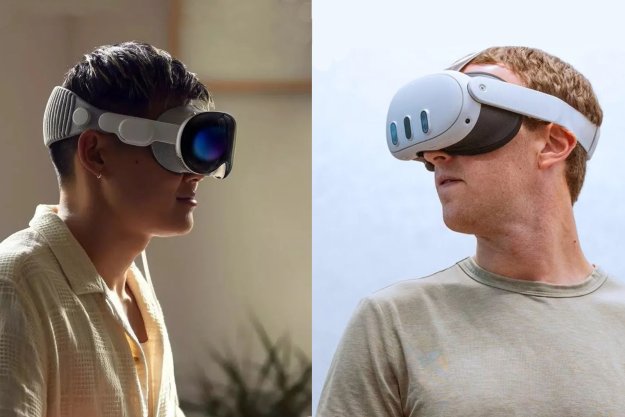Apple’s Vision Pro headset is going to be incredibly expensive (Apple says it’ll set you back $3,500) and that’s prompted a wave of speculation that a cheaper version could be on the way. Now, we’ve got an idea of how much it might cost — and it still looks eye-wateringly pricey.
Writing in his weekly Power On newsletter, Bloomberg journalist Mark Gurman has claimed that Apple “has internally discussed prices ranging from $1,500 to $2,500” for the lower-cost model. That’s still a lot more than rival devices like the Meta Quest Pro, so it seems Apple will be hoping the quality of its product will outweigh price concerns from potential users.

How will Apple get the cost down? Gurman believes there are a few plans for that. They include “using lower-resolution displays and an iPhone processor rather than a Mac chip,” as well as lowering the number of external cameras and sensors.
Apple could also ditch the Vision Pro’s EyeSight feature, according to Gurman. This displays a headset wearer’s eyes to outside observers, which Apple believes helps create a connection between Vision Pro users and those around them. As it’s very proprietary to the Vision Pro, it was likely expensive to develop and implement, explaining why it might be dropped.
An uncertain future

Interestingly, Gurman noted that Apple has been moving staff away from developing a pair of augmented reality (AR) glasses and over to the cheaper Vision Pro headset. That’s apparently because Apple deems the glasses “too technically challenging,” which doesn’t bode well for the wearable product’s future.
That stands in stark contrast to a report from Ming-Chi Kuo, another well-known Apple leaker. According to Kuo, Apple might have abandoned the cheaper Vision Pro entirely. Clearly, Gurman doesn’t believe that is the case just yet.
As well as a cheaper headset, Apple has been working on a second-generation Vision Pro, Gurman says. Compared to the first edition, this “will have all the bells and whistles but be smaller and lighter, making it more comfortable to wear.” It will also incorporate prescription lenses directly into the device rather than using inserts, Gurman claims.
If Gurman is right about the less-expensive headset, it’ll be good news for users who are put off by the standard model’s sky-high price tag. But $2,500 will hardly make it the “cheap” device some people might be expecting. We’ll have to see whether it’ll be enough to convince wary customers to part with their cash.
Editors' Recommendations
- The Vision Pro is already in trouble. Here’s how Apple can turn the tide
- The biggest threat to the MacBook this year might come from Apple itself
- How Vision Pro tech could come to the Mac
- Does the Vision Pro work with glasses and contacts?
- Apple’s next Pencil may work with the Vision Pro headset




